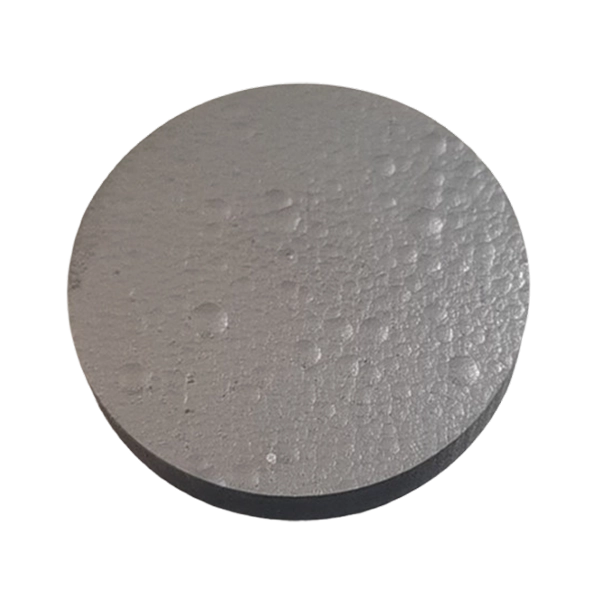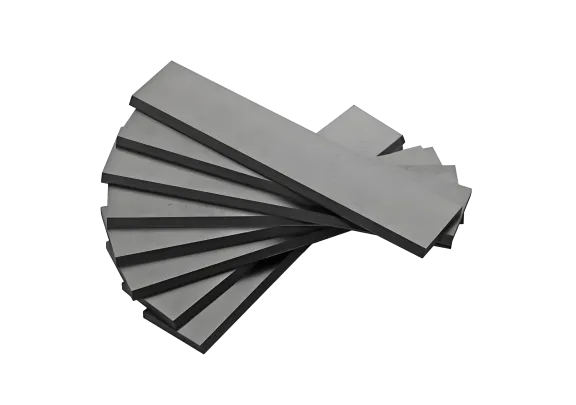
Pyrolytic graphite has excellent electrical and thermal conductivity, especially along the parallel plane direction, its thermal conductivity is very outstanding.
The purity of pyrolytic graphite is very high, reaching 99.999%, which makes it widely used in some fields with extremely high requirements for material purity.
The structure and performance of pyrolytic graphite show significant differences in different directions. The thermal conductivity along the parallel plane direction is comparable to that of copper, while the vertical plane direction is similar to ceramics and is an insulator. At the same time, its resistivity differs by thousands of times in the two directions.
Pyrolytic graphite has good resistance to acid and alkali corrosion, and excellent wear resistance, so that it can still maintain stable performance in some harsh environments.
Pyrolytic graphite can work stably in high temperature environment, and its operating temperature range is wide. It can be used at temperatures up to 3600 degrees in a vacuum environment or under the protection of inert gas.
|
Brand |
Pyrolytic Graphite |
|
Density(g/cm³) |
2.18-2.2 |
|
Compressive Strength(MPa) |
83.6 AB Direction |
|
Tensile Strength(MPa) |
75 AB Direction |
|
Thermal Conductivity(M/mk) |
300-400AB Direction, 3.5-5CF Direction |
|
CTE(10-6/℃) |
3.2 AB Direction, 17-26 C Direction |
|
Resistivity(10-4μΩ·k) |
2 AB Direction, 0.6 C Direction |
|
Ash(%) |
0.02-0.005 |

No, it is diamagnetic, meaning it repels magnetic fields, which allows it to levitate over strong magnets.
Like all graphite, it oxidizes at temperatures above ~450°C in air. In inert or vacuum environments, it remains stable up to 3000°C. Protective coatings can improve oxidation resistance.
Yes, but it is challenging due to its brittle nature. It is usually cut with diamond tools or laser machining.
It is created by decomposing hydrocarbon gases (e.g., methane) at high temperatures (~2000°C) in a vacuum chamber, where carbon atoms deposit onto a surface and form highly ordered graphite layers.
Pyrolytic graphite is a high-purity form of graphite produced through chemical vapor deposition (CVD) of hydrocarbon gases at high temperatures. It has a highly anisotropic structure with strong bonding in-plane and weak bonding between layers.